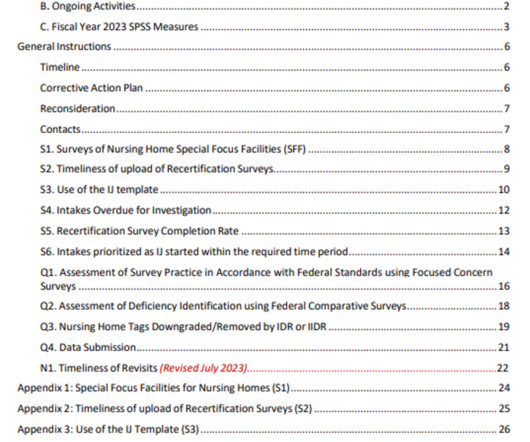Mitigating Serious Fall Risks and Associated Costs and Injuries with AI-Driven Motion Sensor Technology
HIT Consultant
OCTOBER 20, 2023
As is often the case in today’s healthcare environment, advanced technologies powered by artificial intelligence (AI) and machine learning (ML) are emerging as a potential solution, helping to both prevent falls and accelerate recovery when falls lead to injury – particularly when they can be used in the comfort of the patient’s home.

















Let's personalize your content